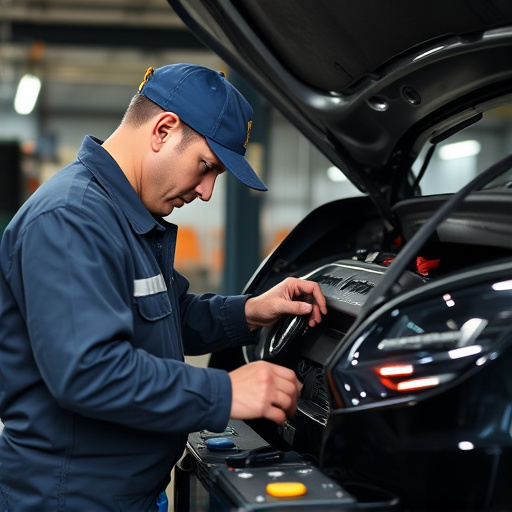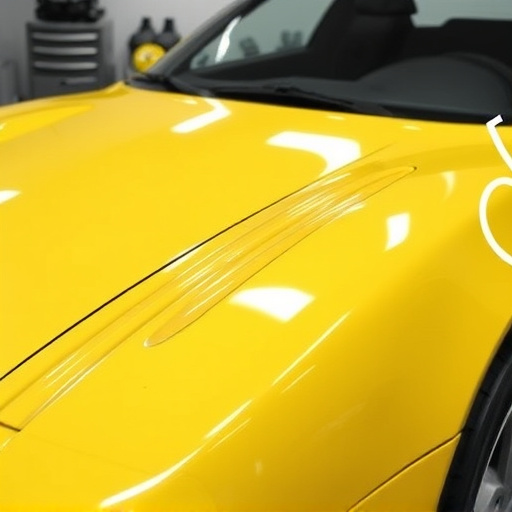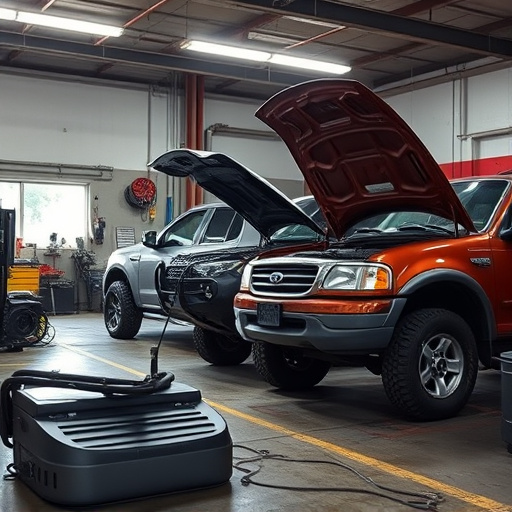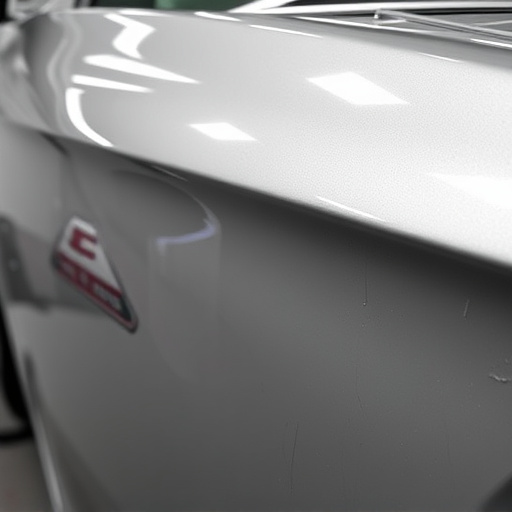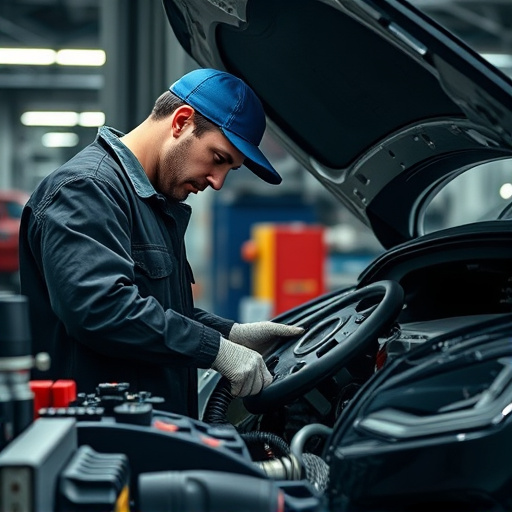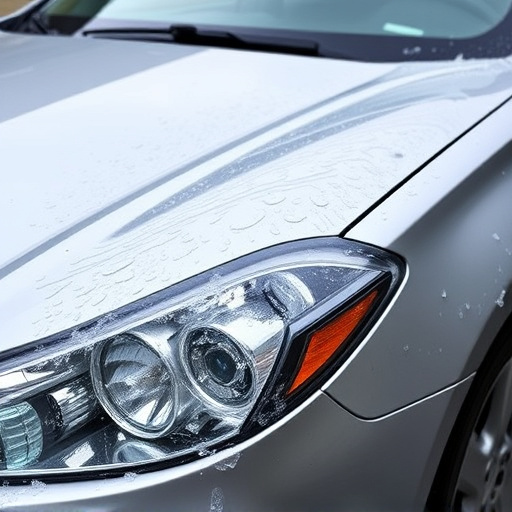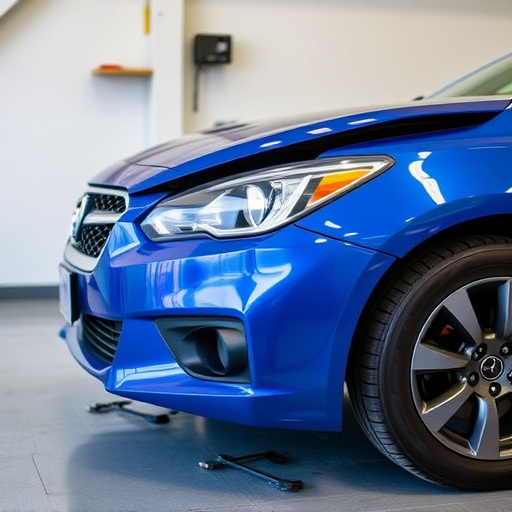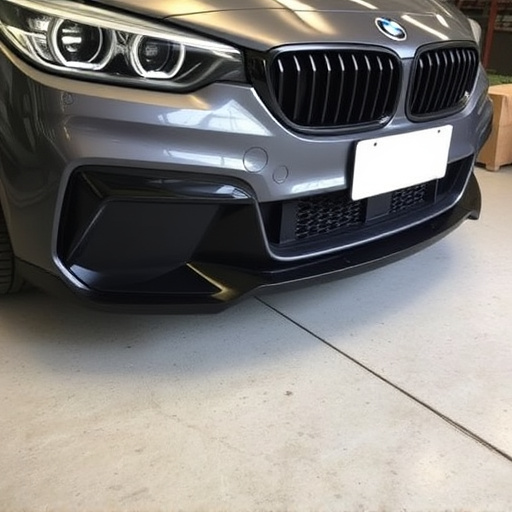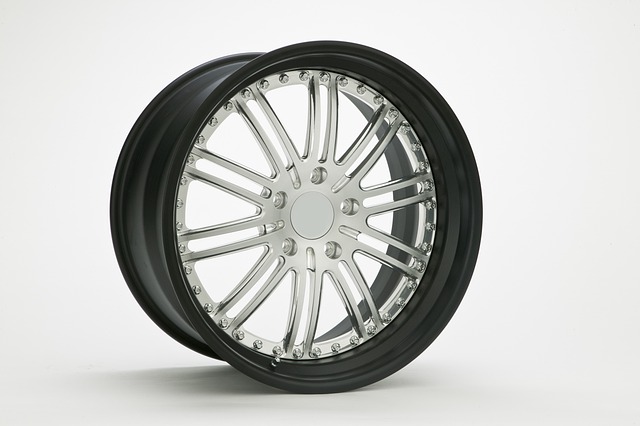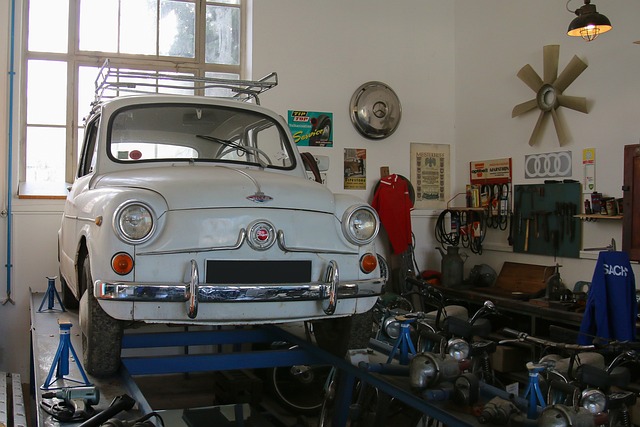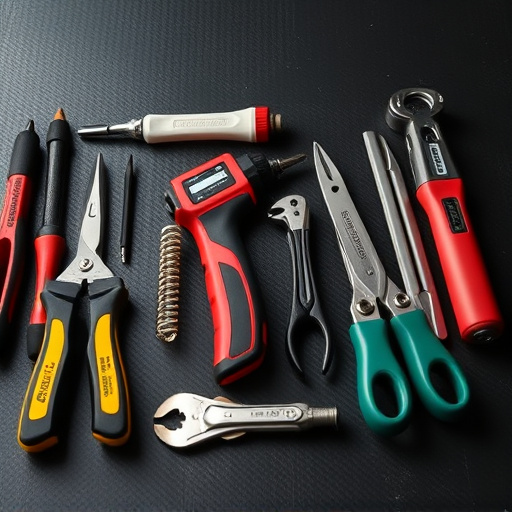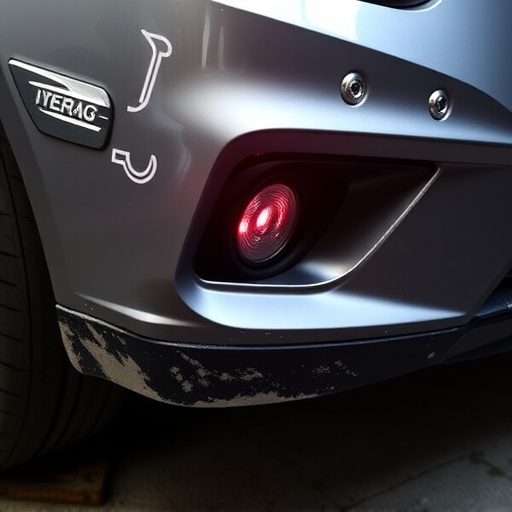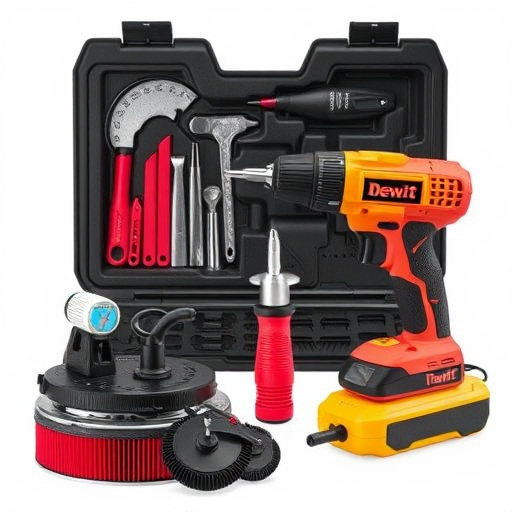Heat damage in auto body repairs presents unique challenges due to metal expansion and contraction from extreme temperatures. Skilled technicians use specialized tools, techniques, and advanced services to straighten warped or bent panels while maintaining structural integrity. Preventing future heat damage involves using temperature-controlled equipment, high-quality heat-resistant materials, and training technicians on heat management techniques. Meticulous craftsmanship combined with these measures ensures vehicles' aesthetic appeal and structural soundness during both restoration and routine maintenance.
In the realm of precision auto body repair, heat damage presents a unique challenge. Extreme temperatures can distort metal panels, creating unsightly warping and making straightening difficult. This article delves into the science behind heat damage’s impact on auto body panels, exploring effective repair techniques to restore them to their original state. We also offer strategic precautions to prevent future heat-related degradation, ensuring your vehicle maintains its structural integrity and aesthetic appeal.
- Understanding Heat Damage: Its Impact on Auto Body Panels
- Precision Auto Body Repair Techniques for Heat-Distorted Panels
- Strategies to Prevent and Minimize Future Heat Damage
Understanding Heat Damage: Its Impact on Auto Body Panels
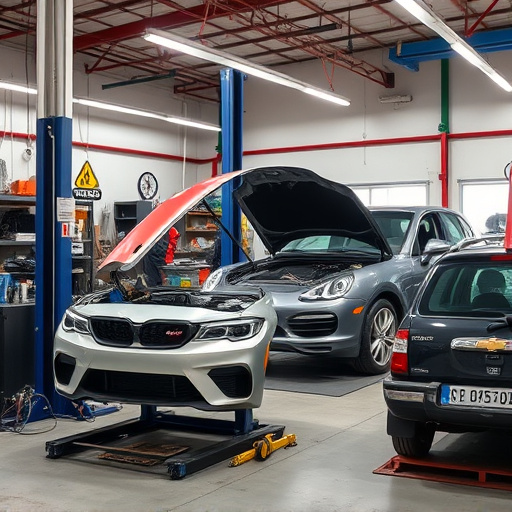
Heat damage, often an overlooked aspect of auto body repairs, can significantly impact precision work on vehicle panels. When a car undergoes extreme heat, whether due to a fire, overheating, or prolonged exposure to high temperatures, it causes the metal to expand and contract unevenly. This distortion can result in warped or bent panels that are difficult to straighten without specialized techniques.
The effect of heat damage is twofold; it weakens the structural integrity of the auto body panels, making them more susceptible to further damage during repair processes like frame straightening. Additionally, heat distorts the metal’s original shape and dimensions, requiring skilled technicians to perform meticulous adjustments using advanced auto body services to restore the panel’s precision and ensure a seamless fit upon completion of repairs.
Precision Auto Body Repair Techniques for Heat-Distorted Panels
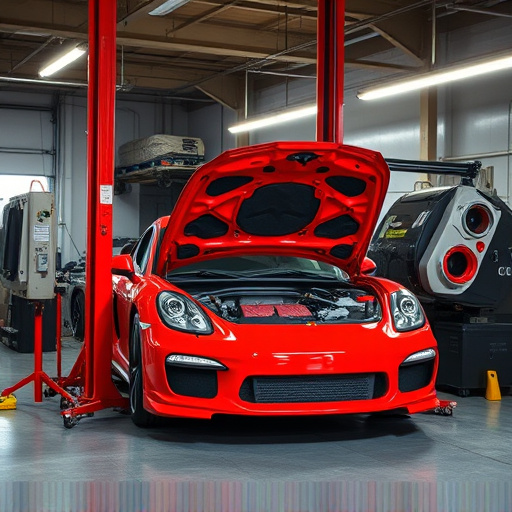
When dealing with heat-distorted panels, auto body repair professionals employ specialized techniques to restore cars to their pre-incident condition. The process begins by carefully assessing the extent of the heat damage, which can cause warping, bending, or even melting of the panel surfaces. Advanced tools such as heat guns and specialized clamps are used to straighten the panels without causing further harm.
Precision auto body repair for heat-damaged vehicles involves a multi-step approach. After straightening, skilled technicians employ methods like blending and matching paint to conceal any scars or imperfections left by the heat. This meticulous process ensures that the final restoration matches the vehicle’s original finish, maintaining its aesthetic appeal and structural integrity. Techniques like computer-aided design (CAD) and robotic welding also play a significant role in achieving accurate measurements and seamless repairs, addressing the challenges posed by heat damage auto body repair effectively.
Strategies to Prevent and Minimize Future Heat Damage
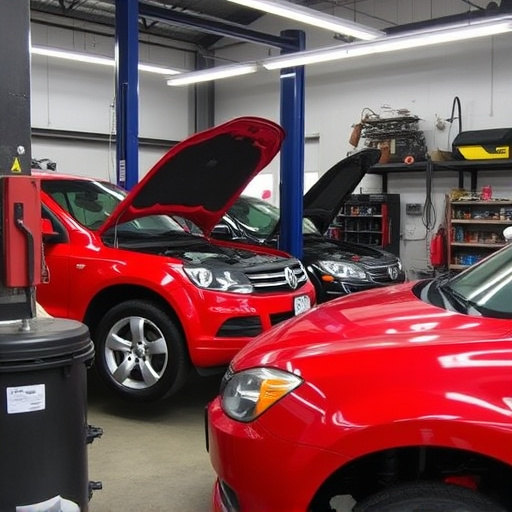
To prevent future heat damage during auto body repair, consider implementing several strategies that ensure precise and meticulous work. First, use specialized equipment designed to control temperature variations during the repair process. This includes heated and insulated work tables, as well as advanced paint booths with precise climate control settings. By maintaining a consistent and optimal environment, these tools help minimize heat-related distortions on panels, especially for luxury vehicle repairs where precision is paramount.
Additionally, employ high-quality materials that are more resistant to heat damage. This involves selecting heat-stable paints and adhesives, ensuring they meet industry standards for performance in elevated temperatures. Regular training for technicians on the latest heat management techniques can also be beneficial. By combining these measures with meticulous craftsmanship, auto body repairs can be carried out effectively while significantly reducing the risk of heat damage, ultimately preserving the integrity and aesthetic appeal of vehicles, whether it’s a car restoration or routine maintenance.
Heat damage can significantly distort auto body panels, making precise repairs a challenge. Understanding the impact of heat on various materials is crucial for effective restoration. By employing specialized techniques and preventive measures, auto body shops can navigate these distortions and deliver high-quality repairs. With the right strategies in place, minimizing future heat damage is achievable, ensuring vehicles return to their pre-incident condition.
